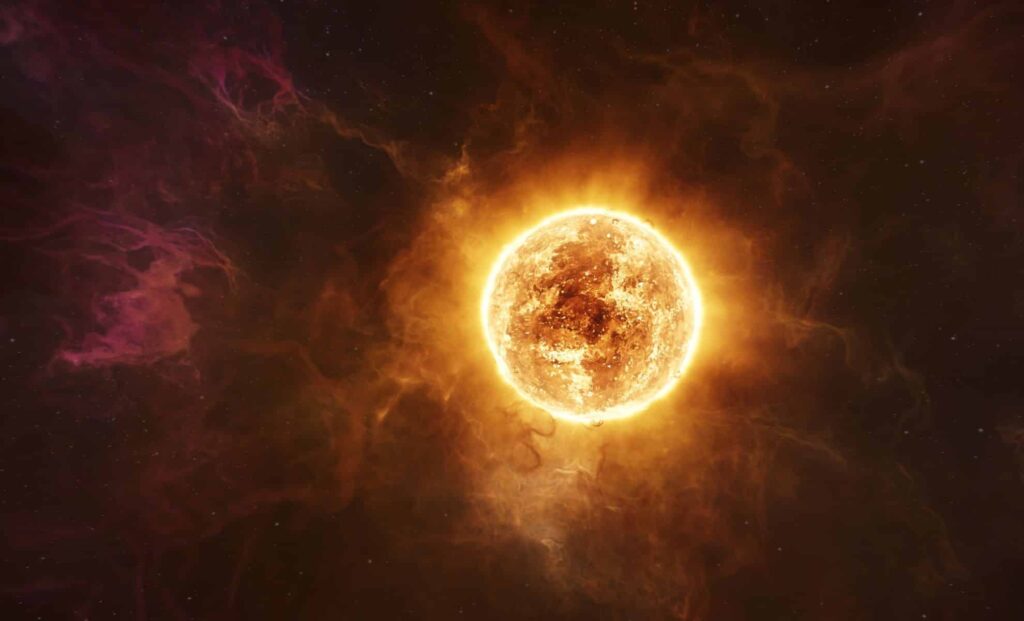
CAMBRIDGE, MASS. – New research highlights the dramatic impact of stellar flares on planetary atmospheres, revealing that these powerful bursts of energy can alter a planet’s atmosphere in mere days. This discovery has significant implications for both exoplanets and Earth.
The Power of Stellar Flares
Stellar flares are violent explosions in the atmospheres of stars, resulting from the sudden release of magnetic energy. These outbursts emit high-energy radiation, including ultraviolet light, X-rays, and sometimes radio waves, across vast distances in space. The effects are particularly pronounced on young, magnetically active stars, like red dwarfs.
Red dwarfs, smaller and cooler than the Sun, have stronger and more chaotic magnetic fields, frequently triggering these energetic bursts. Such flares can strip atmospheres from nearby exoplanets or flood their surfaces with harmful radiation.
Solar Flares and Their Impact on Exoplanets
Research models focused on the exoplanet TRAPPIST-1e, orbiting a red dwarf star, to simulate the effects of stellar flares. On this tidally locked planet, one side always faces the star, while the other remains in darkness. Using a three-dimensional general circulation model, scientists tracked atmospheric changes minute by minute.
The upper atmospheric nitrogen oxides cooled the thermosphere by up to 180 °F, while water vapor and nitrous oxide warmed the mesosphere by 50 °F.
Winds on the planet’s night side reached speeds above 90 mph, contrasting starkly with the calm conditions before the flare.
A Ripple Effect Across Planets
The chain reaction of a stellar flare begins high above a planet’s surface. Incoming protons collide with molecular nitrogen, creating odd-nitrogen species that lead to ozone depletion. As more ultraviolet light penetrates deeper into the atmosphere, it alters heating rates and pressure patterns.
In the most active flare scenarios, up to 80% of the stratospheric ozone could be stripped away within eight simulated years.
For Earth, the effects of solar flares are less severe due to our planet’s protective magnetic field and thick ozone layer. However, events like the Halloween solar proton event of 2003 still left noticeable traces, warming the polar mesosphere by 18 °F.
Habitability Under Threat
The study suggests that the intensity and frequency of stellar flares directly impact the habitability of exoplanets. Even in the “habitable zone,” frequent flares could push a planet into a “moist greenhouse” state, accelerating hydrogen loss and drying out the planet.
However, stellar flares aren’t always detrimental. High-energy particles from these flares could help fix atmospheric nitrogen into nitrates, potentially aiding prebiotic chemistry on young planets.
What Comes Next
The implications of this research are profound, especially as astronomers continue to discover new exoplanets. Understanding the role of stellar flares in atmospheric evolution is crucial for assessing the habitability of distant worlds.
Future studies will likely focus on refining models and exploring how different stellar environments affect planetary atmospheres. As our knowledge grows, so too will our ability to predict and perhaps even mitigate the impacts of these cosmic phenomena.







